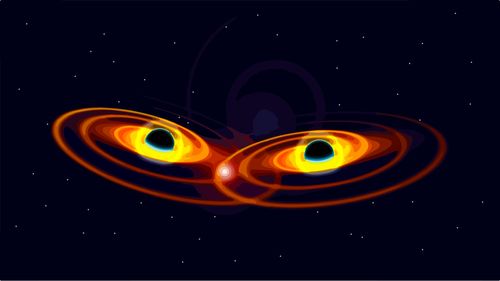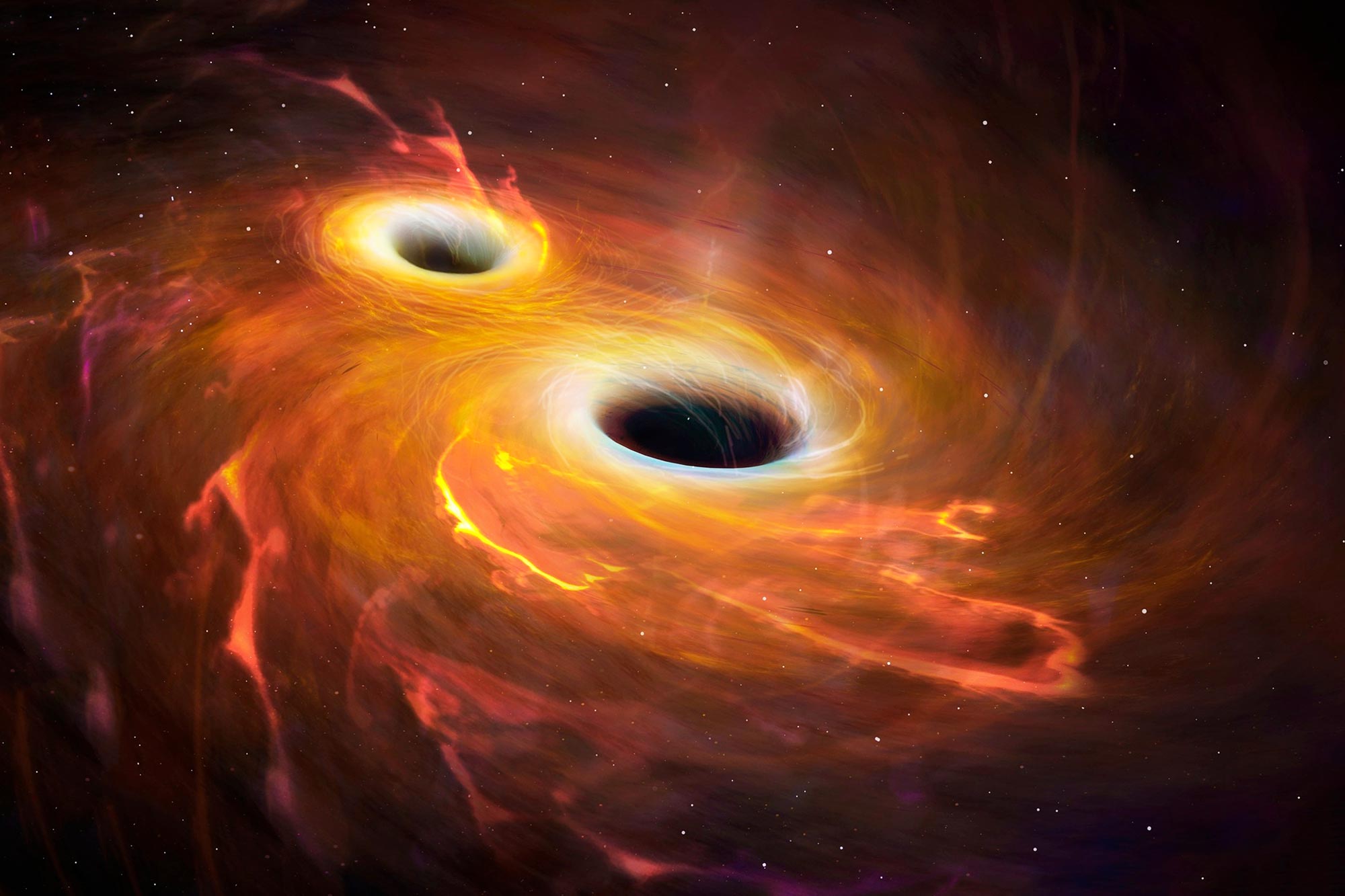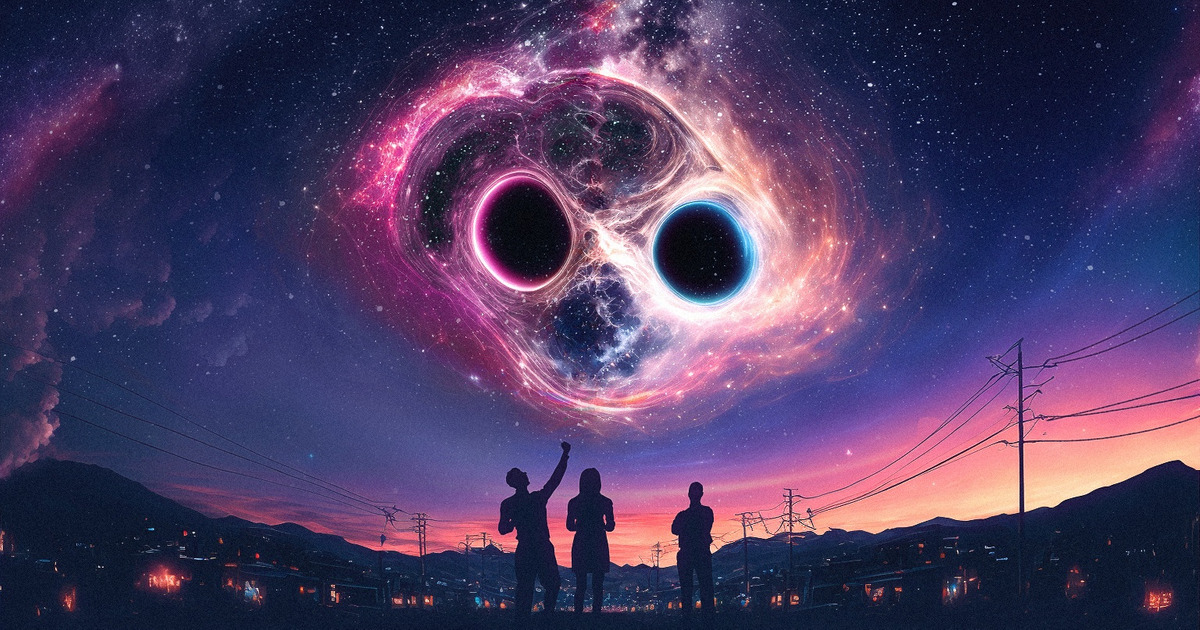
Photos By D/Shutterstock
An international collaboration of astronomers have discovered not one but three pairs of merging supermassive black holes in the “local” universe. These three systems are releasing so much energy they have been classified as quasars, easily outshining their host galaxies.
Supermassive black holes are present at the center of almost every galaxy, which means when galaxies merge they eventually set supermassive black holes on a collision course with each other. How this interaction unfolds is not exactly clear. Finding examples of dual black holes is difficult, and finding them both as quasars is rare.

Thanks to these three pairs of merging supermassive black holes, researchers can now estimate just how rare it is. The fraction of dual quasars is about 0.3 percent of all quasars and this doesn’t seem to change much with time. As reported in The Astrophysical Journal, the team started with a sample of 34,476 known quasars and ended up with three, one of which was already known to astronomers.
“Honestly, we didn’t start out looking for dual quasars. We were examining images of these luminous quasars to determine which type of galaxies they preferred to reside in when we started to see cases with two optical sources in their centers where we only expected one,” lead researcher John Silverman, of the Kavli Institute for the Physics and Mathematics of the Universe, said in a statement.

Given the estimate, many more of these dual quasars are likely out there yet to be observed by the team. Studying them will tell researchers a lot more about the evolution of galaxies.
“In spite of their rarity, they represent an important stage in the evolution of galaxies, where the central giant is awakened, gaining mass, and potentially impacting the growth of its host galaxy,” co-author Shenli Tang, a graduate student at the University of Tokyo, said.
Galaxy mergers are a common phenomenon in the long history of the universe. In fact, our own galaxy has ripped apart and absorbed several smaller galaxies, but it is a slow and long process. The galaxies slowly approach each other, disrupt each other’s shapes, and eventually come together into a single new gravitationally bound object.






